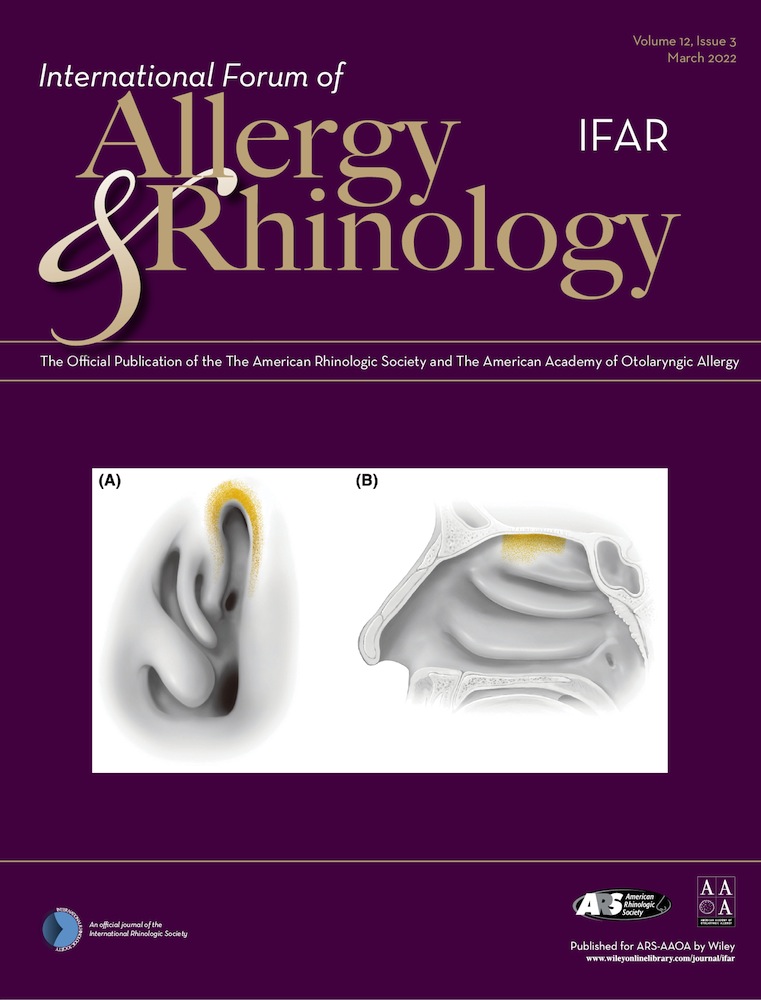Sox2 regulates globose basal cell regeneration in the olfactory epithelium
Abstract
Background
In the olfactory epithelium, mitotically active globose basal cells (GBCs) continuously replenish olfactory sensory neurons (OSNs) lost throughout life. Although an essential role of the transcription factor Sox2 in expanding olfactory progenitors/stem cells has been shown, its precise role in olfactory GBCs remain incompletely understood.
Methods
We characterized the Sox2 expression in olfactory GBCs in normal conditions and in a lesion-regeneration model using a Lgr5EGFP-IRES-creERT2 strain. During GBC-mediated regeneration, genetic deletion of sox2 and lineage tracing experiments were performed to examine the function of Sox2 in the progeny of Lgr5-EGFP+ GBCs.
Results
Over 95% of Lgr5-EGFP+ GBCs express Sox2 in normal or regeneration conditions. Loss of Sox2 dramatically reduces the cell number in each lineage traced cluster. In the progeny of Lgr5-EGFP+ GBCs, loss of Sox2 significantly decreased the portion of OMP+ OSNs. However, the generation of sustentacular cells was unchanged.
Conclusions
Our observations support an essential role of Sox2 in adult olfactory regeneration, likely acting on neuronal-lineage GBCs.
CONFLICTS OF INTEREST
The authors declare that the research was conducted in the absence of any commercial or financial relationships that could role as a potential conflict of interest.




